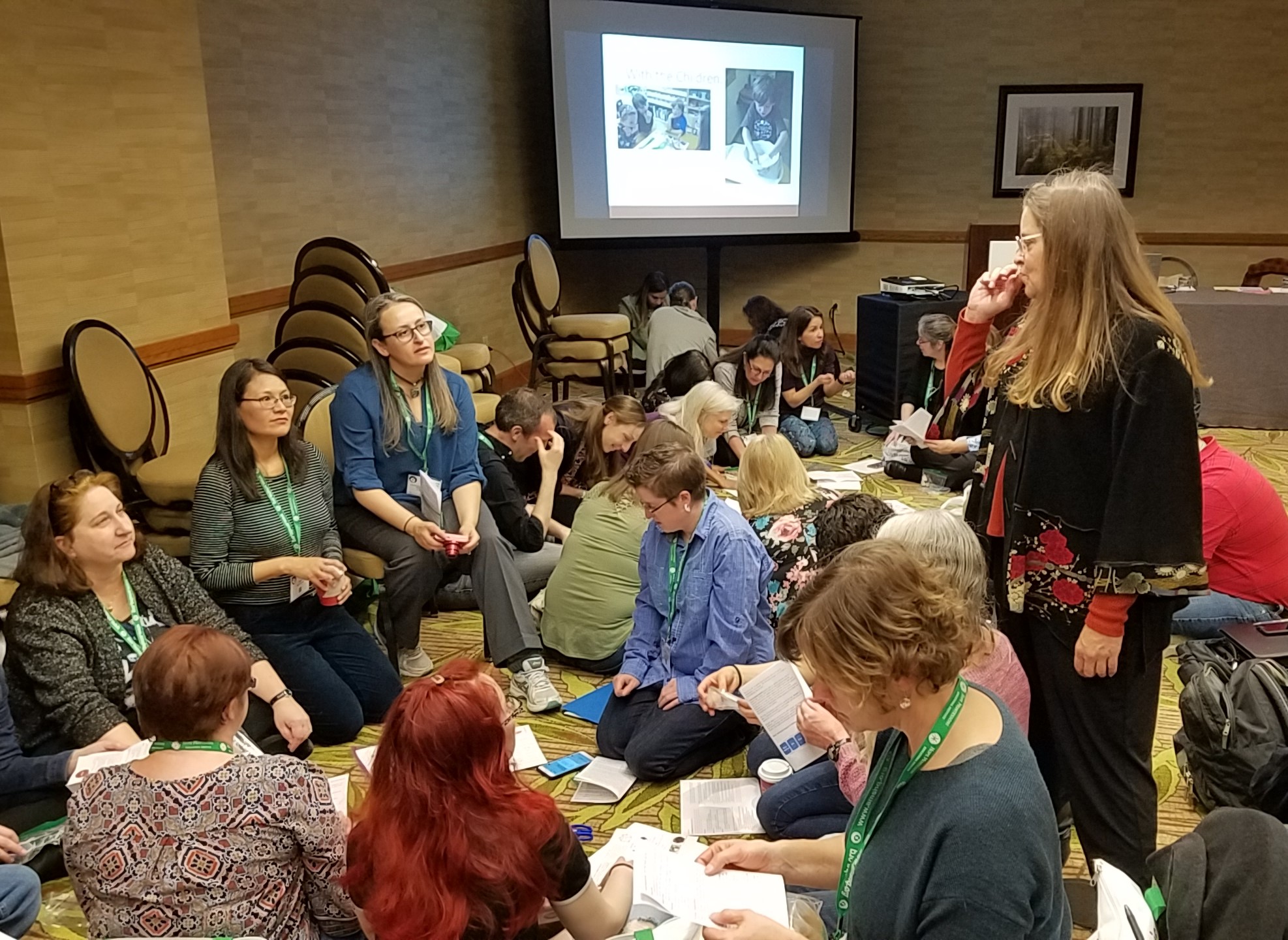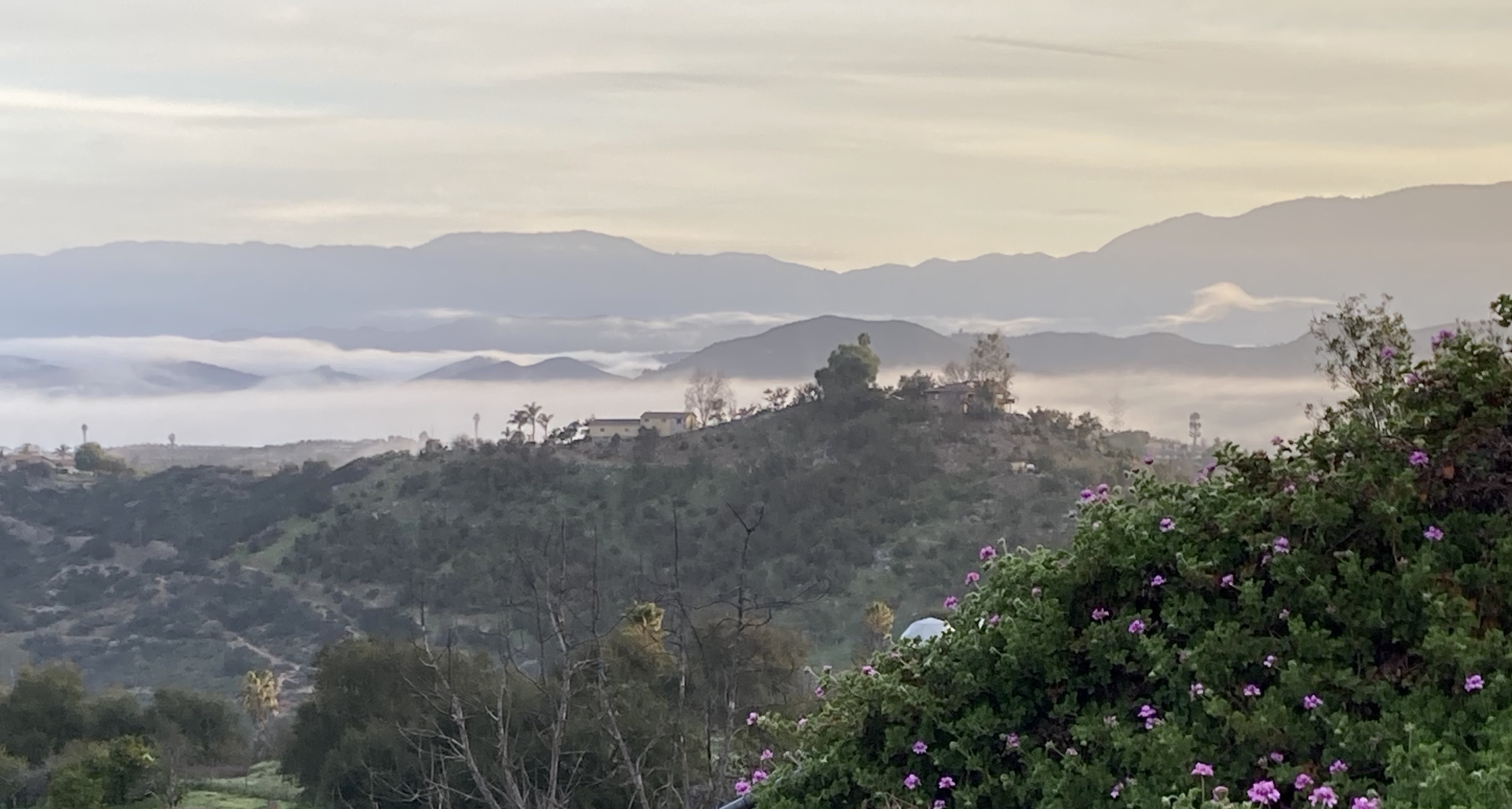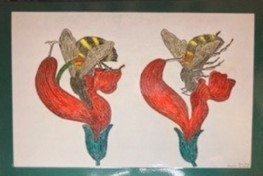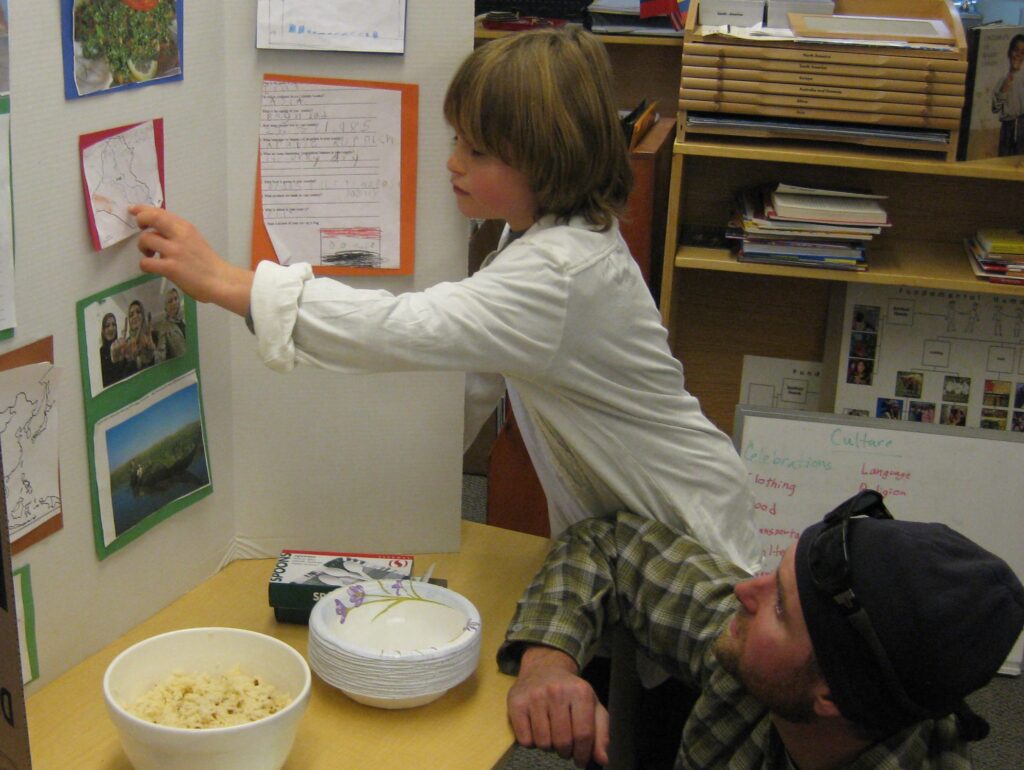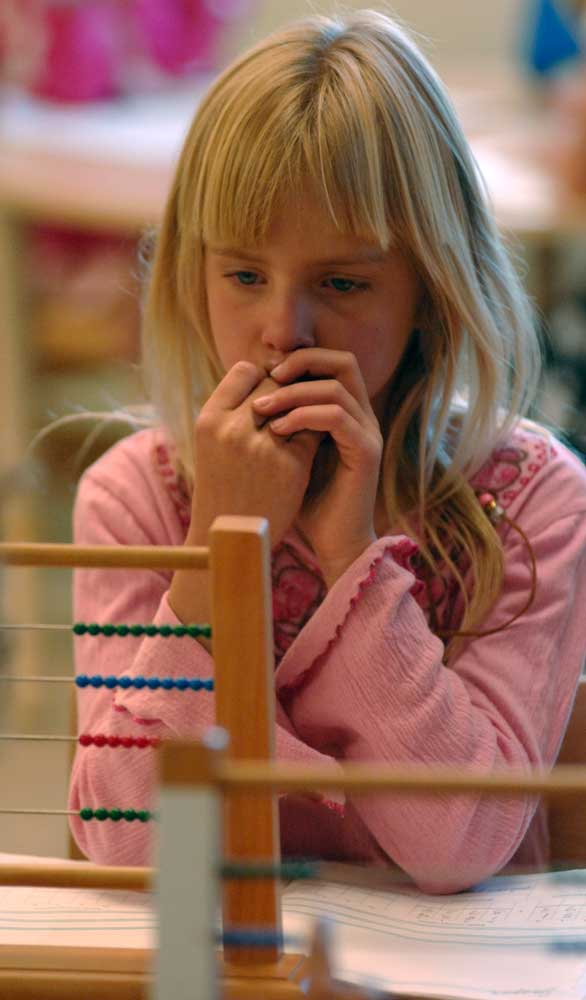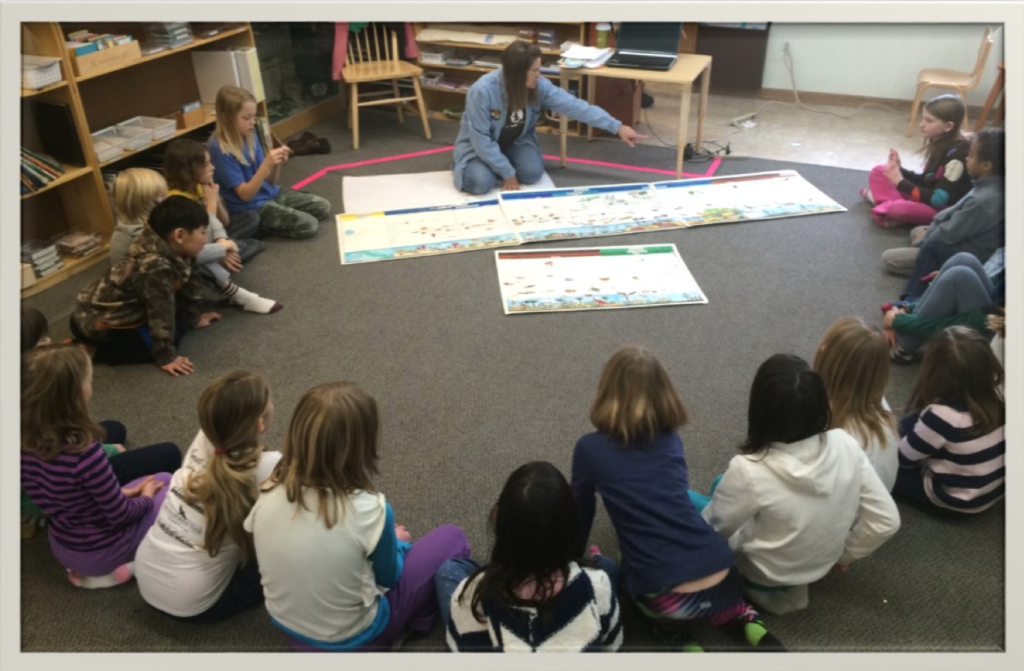This reflection is about fear, specifically the tiny fears that shape our daily decision-making and choices, forcing us to maintain habits we’d like to change and keeping us from genuine growth.
Several years ago, my observation practice was re-energized through the work of Paul Epstein. After nearly 30 years in my own classrooms and 20+ years looking at the classrooms of others, my eyes were given the opportunity to see differently. Make note that I said, “given the opportunity,” because the transformation of my observation did not come about quickly or easily. And that’s what this short piece is about.
What I noticed was that repeatedly, and in spite of my desire to try these new ideas, I struggled to actually get myself into the observation chair. Something always seemed to “come up.” Or the moment wasn’t quite right. Maybe it was too late in the morning, or too early. It could be that someone stepped into my office and took up the time I’d set aside.
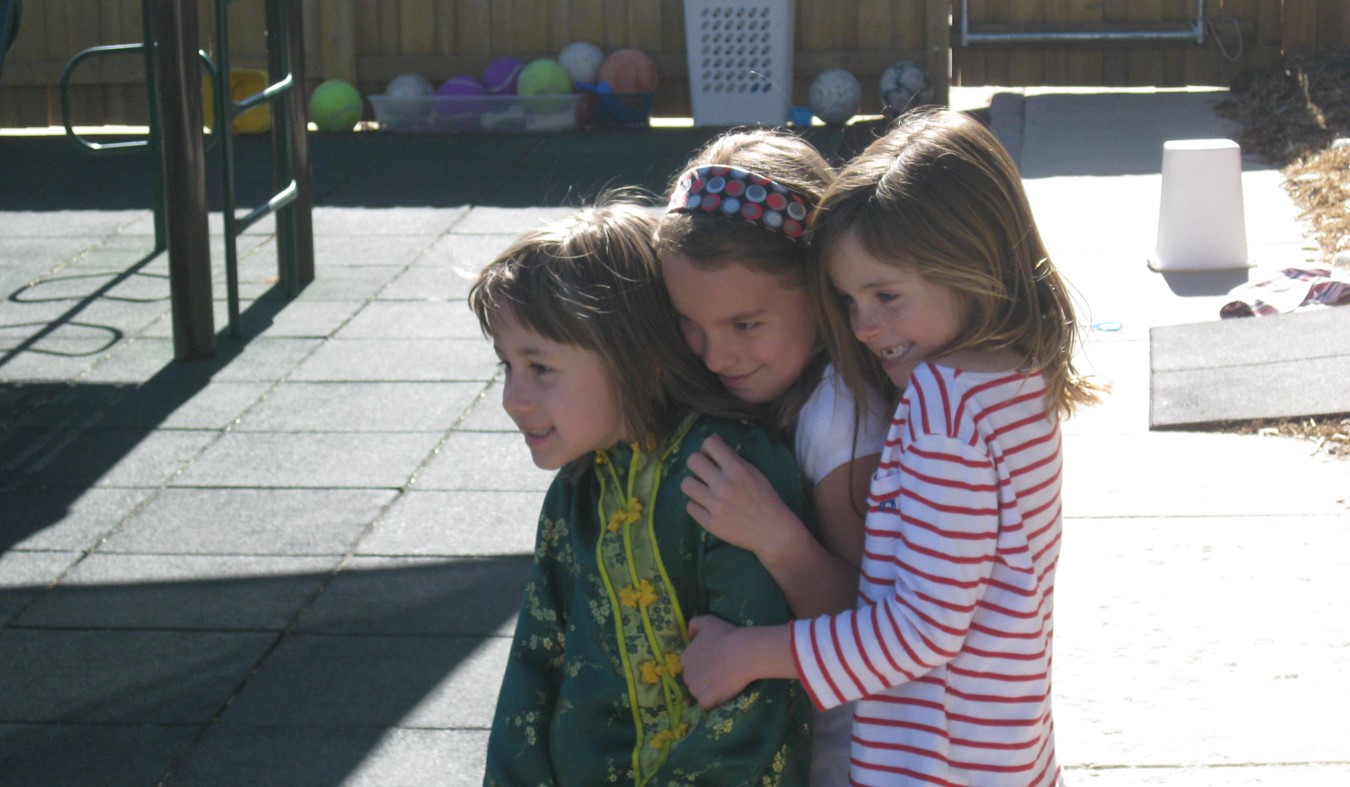
Conversations with my disappointed teachers heightened the sense of guilt about not getting into the classrooms as much as I wanted. I felt a pang of fear reflected in their frustrations. In an effort to improve, conversations with my own staff and other heads of schools and their staff revealed that I wasn’t the only one having trouble being consistently successful with observation.
Over and over the common problem was some sort of fear: fear of the children not working, fear that the classroom would get out of control, fear that not enough lessons would be delivered, fear that…fill in the blank. There were dozens of reasons.
So I began to live with the question of how I could support both myself and others to make observation, something we Montessori guides know is the foundation of our practice, (I mean, how can we “follow the child” if we’re not observing to see where she’s going?)…how can we make observation a habit. And not only a habit, but a pleasant one; one that we never want to miss?
And then I read this:
Our actions are most likely to revert to what is habitual when we are in a state of fear or anxiety. …We discount interpretations and options for action that re different from those we know and trust. We act to defend our interests. …Our actions are actually reenacted habits and we invariably end up reinforcing pre-established mental models.
It seemed that the habit that was keeping me, and, perhaps you, too, from designing observation into my daily tasks was being driven by all the tiny fears that infuse my habitual thinking: too much to do and too little time; there will be chaos; there will be too little work if there are too few lessons; observing means fewer lessons.
And so, I set out to change a habit. The first step was observing or “seeing” the fears that were holding me back. Each time I planned to observe and I was inclined to let something interrupt my plan, I asked myself, “What is stopping me from keeping my commitment? What fear is behind this stop sign?” Gradually, I began to tease out the fears. I wrote them down. I weighed them. I asked myself if they were real. The only way to find out was to face those fears and do the observation anyway. Only then would I know if the fears had been founded or not.
I encourage you to try this process to see what you discover. Make a plan. (I recommend you start with just a daily 5-minute or less plan…have everything ready so you don’t have to find your journal, a pen, a chair, etc.)
When the stop sign pops up, take a few minutes to find the fear. Then do the observation anyway.
Senge, Scharmer, Jaworski, and Flowers: Presence: An Exploration of Profound Change in People, Organizations and Society 2004; Random House New York


